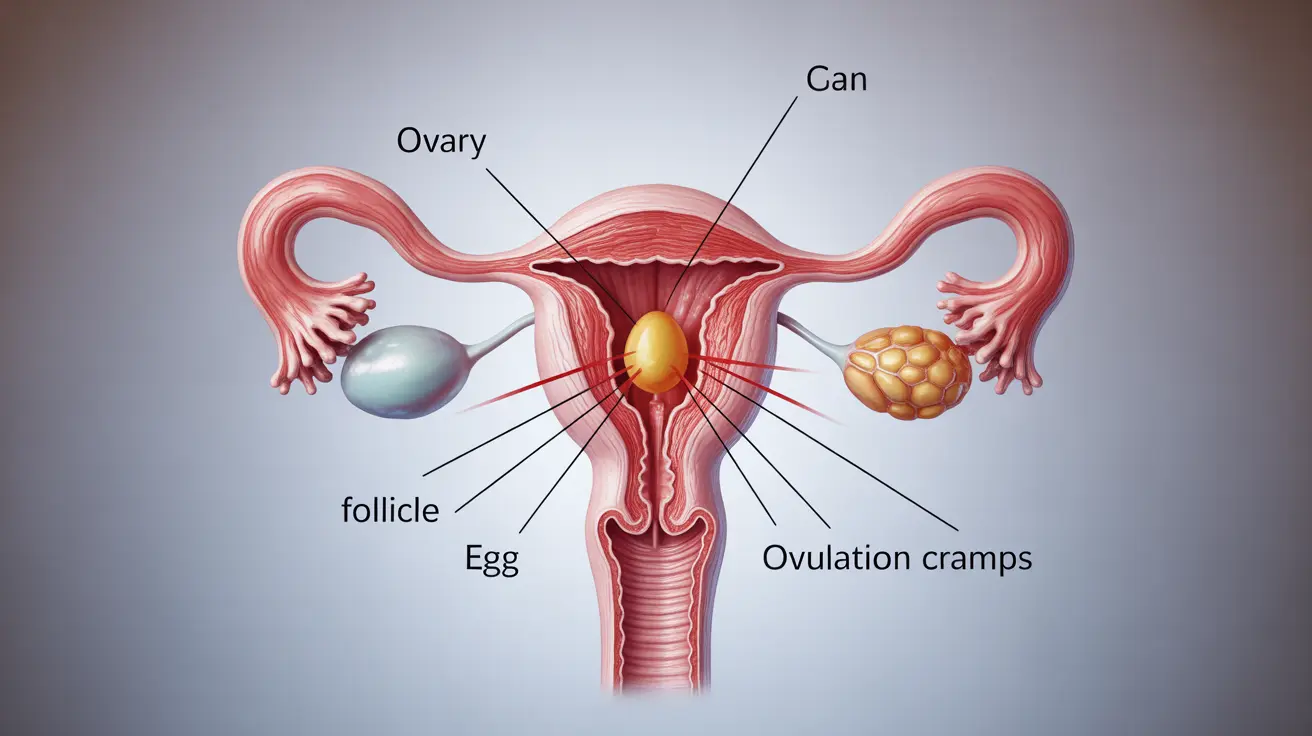When discussing mental health symptoms, hallucinations and delusions are two distinct experiences that can significantly impact a person's perception of reality. While both can occur in various mental health conditions, understanding their differences is crucial for proper diagnosis and treatment. This comprehensive guide explores how these symptoms differ, their causes, and available treatment options.
What Are Hallucinations?
Hallucinations are sensory experiences that occur in the absence of external stimuli. These false perceptions feel real to the person experiencing them but aren't actually present in the environment.
Types of Hallucinations
There are several distinct types of hallucinations:
- Auditory (hearing voices or sounds)
- Visual (seeing objects, people, or patterns)
- Tactile (feeling sensations on or under the skin)
- Olfactory (smelling non-existent odors)
- Gustatory (tasting something that isn't there)
Understanding Delusions
Delusions are fixed, false beliefs that persist despite evidence to the contrary. Unlike hallucinations, which are sensory experiences, delusions are thought-based disturbances.
Common Types of Delusions
Delusions can manifest in various forms:
- Persecutory delusions (believing others are plotting against you)
- Grandiose delusions (believing you have special powers or importance)
- Religious delusions (false beliefs involving religion or spirituality)
- Somatic delusions (false beliefs about your body or health)
- Reference delusions (believing random events have special meaning)
Key Differences Between Hallucinations and Delusions
The primary distinction between hallucinations and delusions lies in their nature. Hallucinations are sensory experiences that aren't real, while delusions are false beliefs. Someone experiencing hallucinations might hear voices, while a person with delusions might believe those voices are part of a government conspiracy.
Causes and Risk Factors
Both hallucinations and delusions can arise from various conditions:
- Mental health conditions (schizophrenia, bipolar disorder)
- Medical conditions (brain tumors, seizures)
- Substance use or withdrawal
- Sleep disorders
- Severe stress or trauma
- Medications or drug interactions
Treatment Approaches
Treatment typically involves a combination of approaches:
- Antipsychotic medications
- Cognitive behavioral therapy
- Supportive psychotherapy
- Social skills training
- Family education and support
- Treatment of underlying medical conditions
Frequently Asked Questions
What is the difference between hallucinations and delusions? Hallucinations are false sensory experiences (seeing, hearing, feeling things that aren't there), while delusions are false beliefs that persist despite evidence to the contrary. Hallucinations involve the senses, whereas delusions involve thought processes.
What are the common types of hallucinations and how do they present? The most common types include auditory (hearing voices), visual (seeing things), tactile (feeling sensations), olfactory (smelling odors), and gustatory (tasting things). They present as real sensory experiences to the person experiencing them, though no external stimulus exists.
What causes hallucinations and delusions in mental health and medical conditions? Multiple factors can cause these symptoms, including mental health conditions like schizophrenia, medical conditions affecting the brain, substance use, medication side effects, sleep disorders, and severe stress or trauma.
How are hallucinations and delusions diagnosed and treated? Diagnosis involves comprehensive psychiatric evaluation, medical history review, and possibly medical tests to rule out physical causes. Treatment typically combines medication (often antipsychotics) with various forms of psychotherapy and support services.
Can hallucinations and delusions occur together, and what does that mean for treatment? Yes, hallucinations and delusions often co-occur, particularly in conditions like schizophrenia. This combination typically requires a more comprehensive treatment approach, including both medication and therapy, with careful monitoring and adjustment of interventions as needed.




